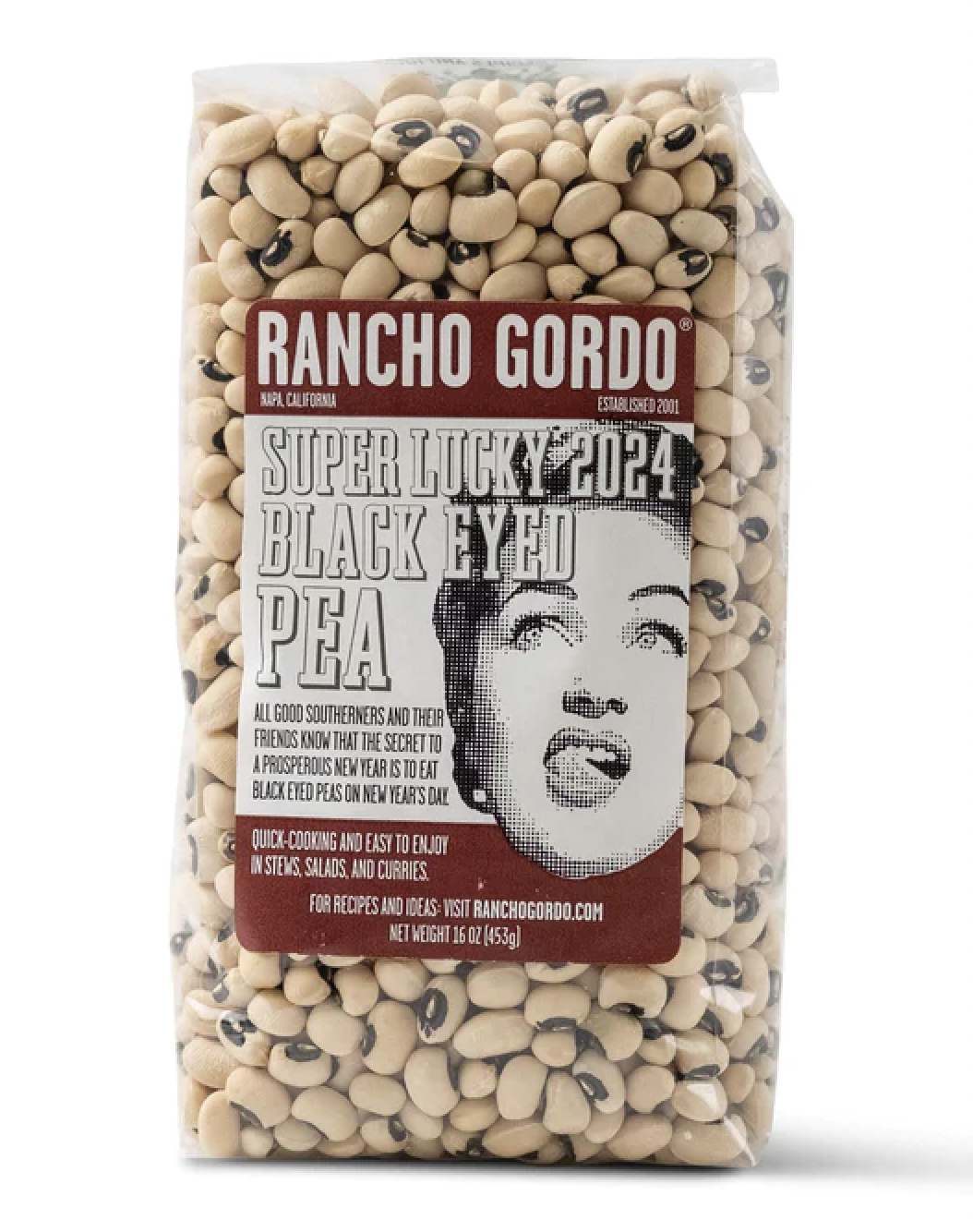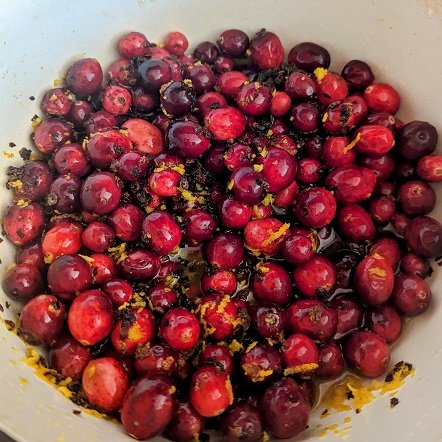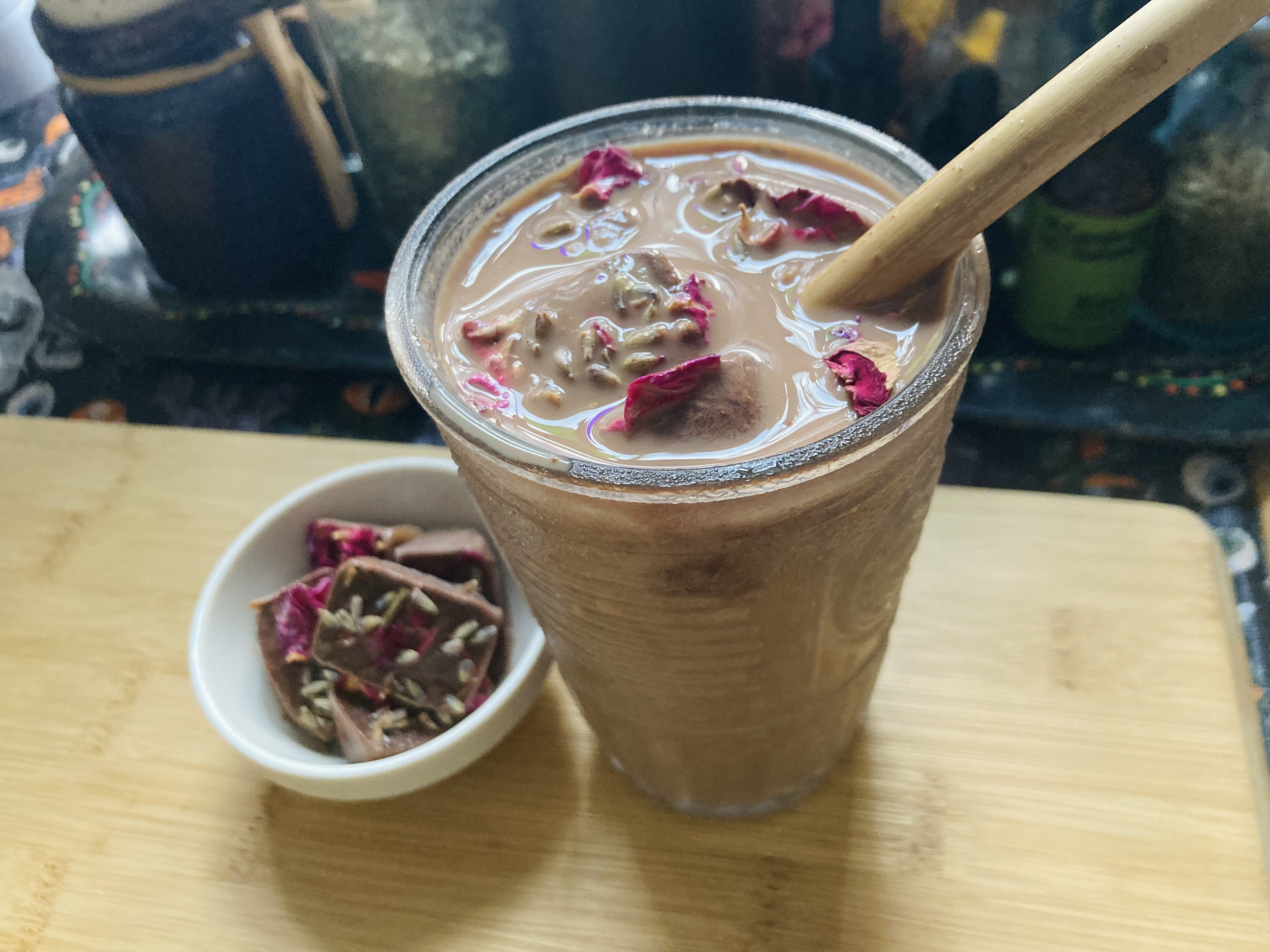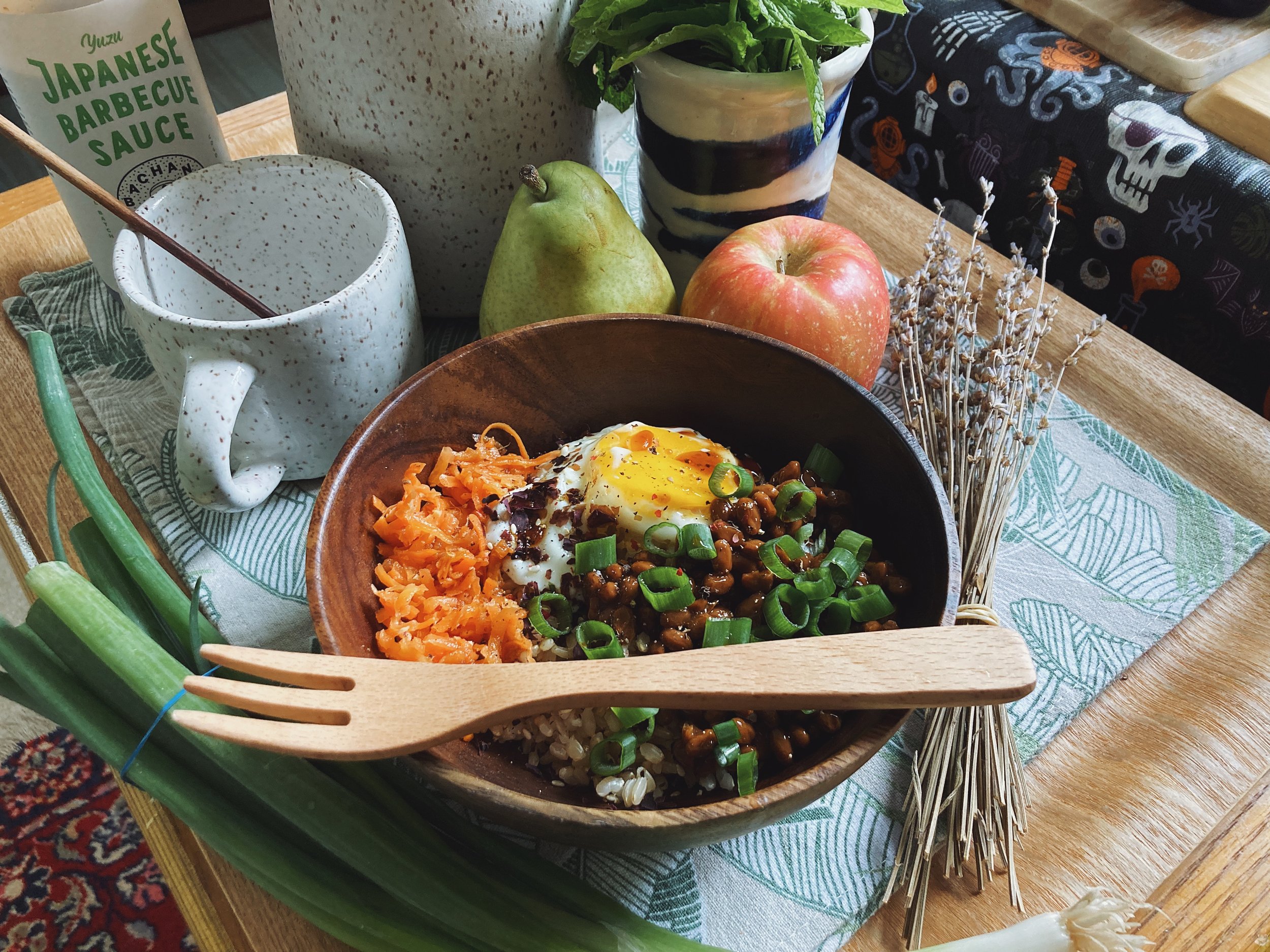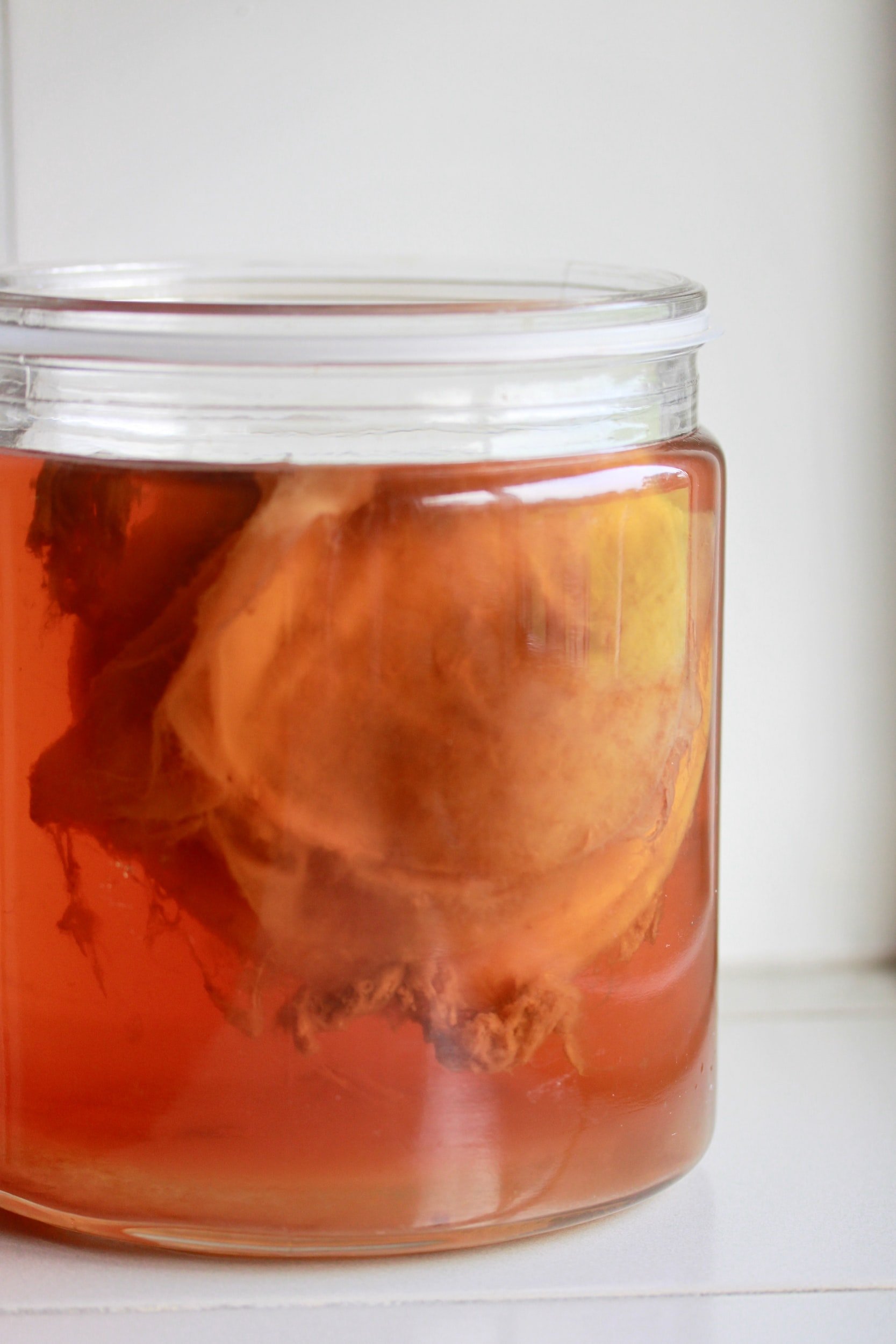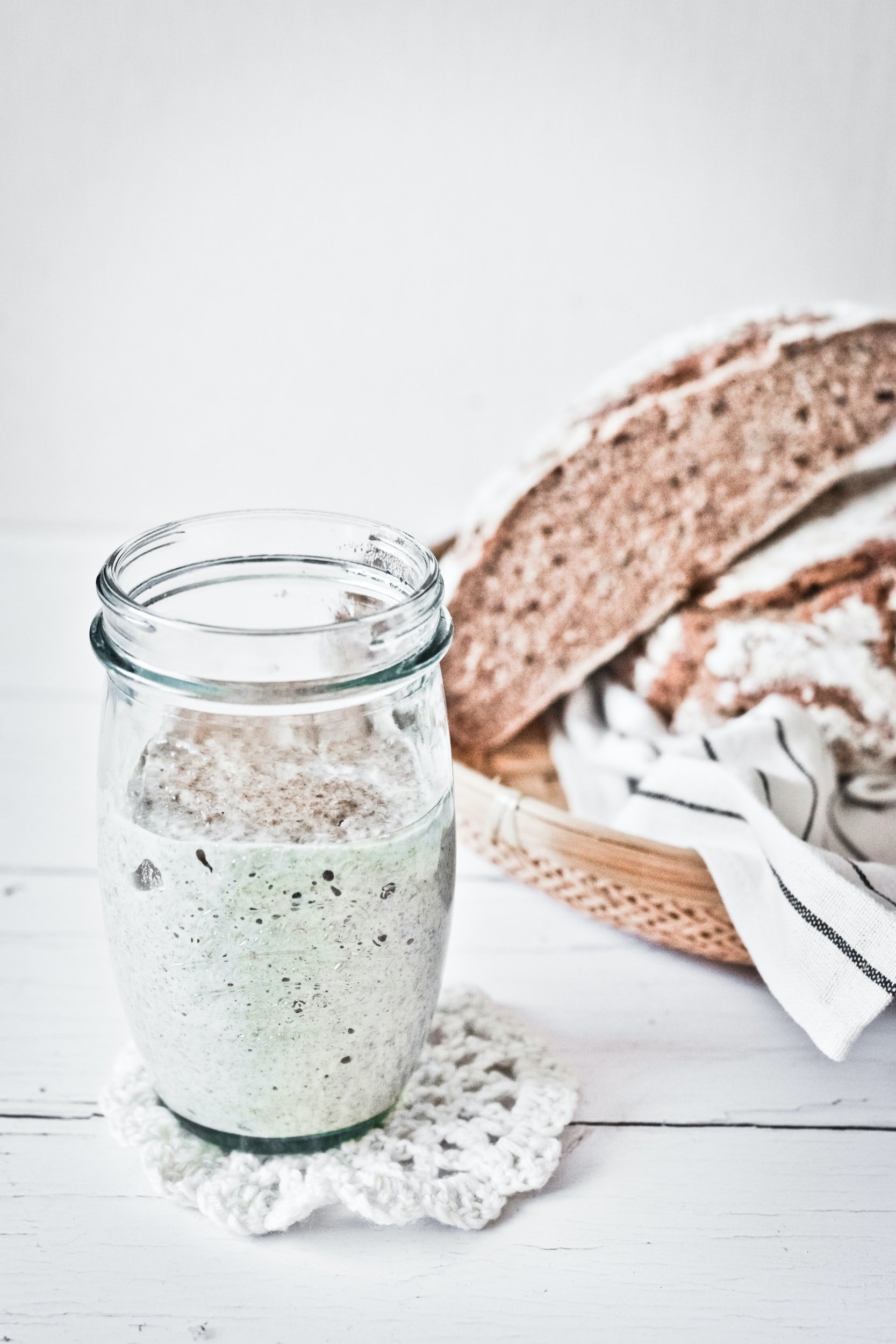By Amber, CN Supplements Buyer & Pom Enthusiast
In my household, there exists a holiday found nowhere else in the world. A very simple holiday, to be sure, but a holiday nonetheless. I call it Pomegranate Day, and I've celebrated it once a year for about a decade now.
The gist of Pomegranate Day is this: it is the first day in autumn when I find pomegranates in the grocery store. Because they have such a short time they're in season, that means Pomegranate Day can happen any time in September or early October.
It's a plain enough celebration. The first day I get a pomegranate for the season, I take it home and clear a space on the kitchen table. I lay out a bowl and rag and put on a shirt I don't mind staining. I light a nice candle, turn off my phone, and put away any potential distractions. And then, for the next hour or so, I dedicate my entire self to the consumption of my pomegranate. I focus on the sensory aspects: the soft tearing of the thick dusky-pink rind, the split of the seam as it parts to reveal the wet red jewels of arils within. I press the arils to the roof of my mouth with my tongue until they pop in a tangy burst, then crunch the seeds between my molars. I let my hands get stained until juice runs down my wrists; my fingertips will wear the yellow memories for days after. I get messy. I slurp, I crunch. I devote my body to the miracle of the heavy fruit.
And with it, I give thanks for the brief bliss of pomegranate season. I remind myself how wonderful it is to have these fruits, if only for a few months out of the year. I consider how I'm not meant to have everything I want all the time: a pomegranate in June is just not the same as a pomegranate in November, and the fruit is all the sweeter for being so fleeting.
I recently celebrated this year's Pomegranate Day, and it was one of the most wonderful yet. The fruit the size of both my fists, the seeds like glowing embers. There will be other pomegranates this year, to be sure, but none hold the pure animal joy of the season's first.
May your pomegranates be glorious, and your gratitude boundless.





